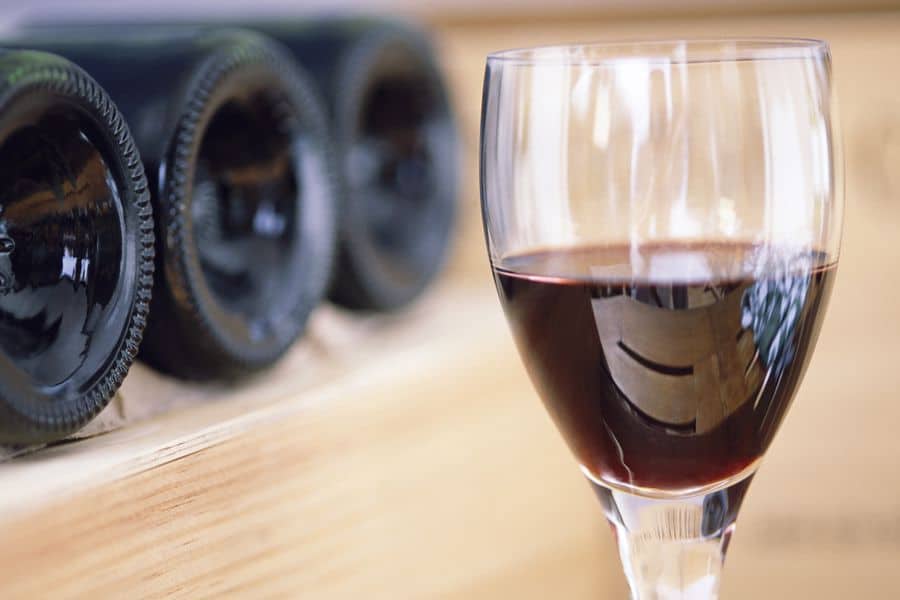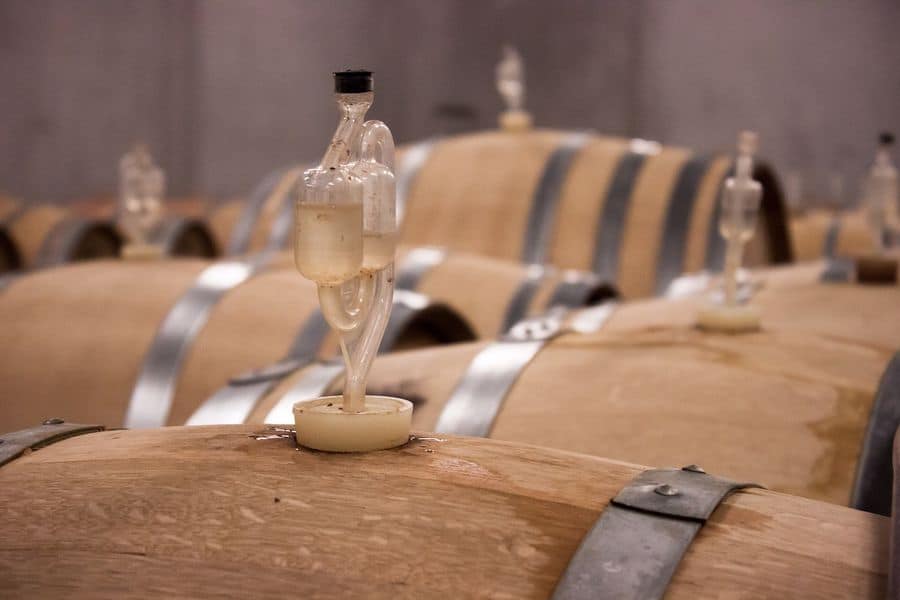If you buy something through a link in our posts, we may get a small share of the sale.
Wine has four fundamental traits; tannin, alcohol, sweetness, and acids. Acidity gives the wine its sour, tart taste, and for best acidity results, an acid blend is used. So, what is an acid blend? Find out everything you need to know about acid blends in the article below.
Contents
What Is an Acid Blend?
An acid blend is a mixture of three acids: malic acid, citric acid, and tartaric acid. Acidity is an essential trait in wine necessary for quality. Acid blend is added to wine to help balance its acidity and make it easier for the yeast to ferment properly.

Functions of Acid Blend
- Used to help balance the three primary acids in wine.
- It is used to treat the must before fermentation.
- It makes the fermentation process more efficient.
- Raises pH when necessary to make the wine taste better.
Malic Acid
Malic acid is found naturally in many fruits; for example, it’s the element present in green apples that gives them their tart taste. Malic acid is used in wine production; the acid is converted to lactic acid during fermentation.
The result is the diacetyl which is responsible for the buttery smell that some wines have.
Citric Acid
Citric acid is a weak organic acid that is frequently used in the production of wine. Bacteria in the wine convert it into lactic acid during fermentation; microbes present in the wine also ferment the citric acid into acetic acid.
This can be a problem since large quantities of acetic acid are not desirable in wine. For this reason, small amounts of citric acid are added after the wine has been clarified and stabilized instead of adding it before fermentation. Citric acid enhances the taste of many white wines.
Tartaric Acid
Tartaric acid is the most potent grape acid and is what causes the tart taste in wine. It does not decompose because it is not likely to be attacked by microbes present in the wine-making.

It’s more preferred to be added to grapes with low acidity than the former two acids discussed. Tartaric acid remains constant throughout the ripening period in grapes, and it slowly decreases when it comes to wines. Tartaric acid performs well with fermentation and does not create any off-flavors or smells.
Interesting Facts About Acid Blend
I have seen that an acid blend contains a mixture of tartaric, malic, and citrus. How are these components mixed, and in what ratios? This will depend on the manufacturers; some prefer a 40-40-20 tartaric-malic-citric ratio, while others prefer a 10-50-40 ratio (LD Carlson).
Some other things you should know about acid blend include:
- Use an acid testing kit – Do not guess how much acid blend you should add to your wine; instead, use an acid testing kit to determine the amount needed to raise your wine’s pH to the recommended range.
- A teaspoon of acid blend raises one gallon by approximately 15% – After using an acid testing kit to determine your current acidity level, use the 15% per teaspoon per gallon ratio to raise your acidity to the needed range.
- It is difficult to take out acid blend – It is advisable to make an error on the low side when adding acid blend since you can easily add more later rather than putting in too much. The process of getting out the excess acid blend is challenging.
- Wine ingredients kits do not need acid blend – You don’t have to add any acid blend when using wine-making juices because the manufacturers have already done this for you in advance. So it is at its perfect pH level for the type of wine you are making.
- Acid levels in wine can change during fermentation – Before bottling, it is advised to retest the acidity level as these may rise or drop during the fermentation process.

Related Questions
What Can You Use as an Acid Blend Substitute?
Lemon juice is an excellent substitute for acid Blend when used in the proper proportions. You will want to add one tablespoon of lemon juice for every teaspoon of acid blend or two tablespoons of lemon juice for every gallon of wine.
Lemon juice works best as an acid blend substitute for fruits that pair well with lemons like apples, watermelons, and peaches. For grape wines, however, acid blend is best to use.
How Much Acid Can You Add to Wine to Raise Its Acidity Level?
After determining your pH or acidity and would wish to raise the acidity level, add one teaspoon of acid blend. This (according to E.C. Kraus) will raise the wine’s titratable acidity by 0.15%. Remember that this will affect your wine’s pH.
What Is the Suitable PH Range for Wine?
3.2-3.6 is an optimal range for red wine, while 3.1-3.4 is for white wine. You can tell the acidity of red wine by observing the color. Those with higher acidity are somehow bright ruby, and those with a lower pH will have a red hue color.
Conclusion
Having read through the article, we now hope you have a better understanding of acid blend and how to manipulate it for a more fabulous taste and color. With this knowledge, nothing will limit you from being a famous winemaker or wine taster.

